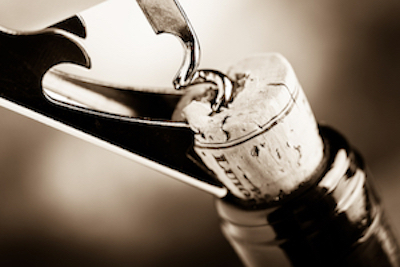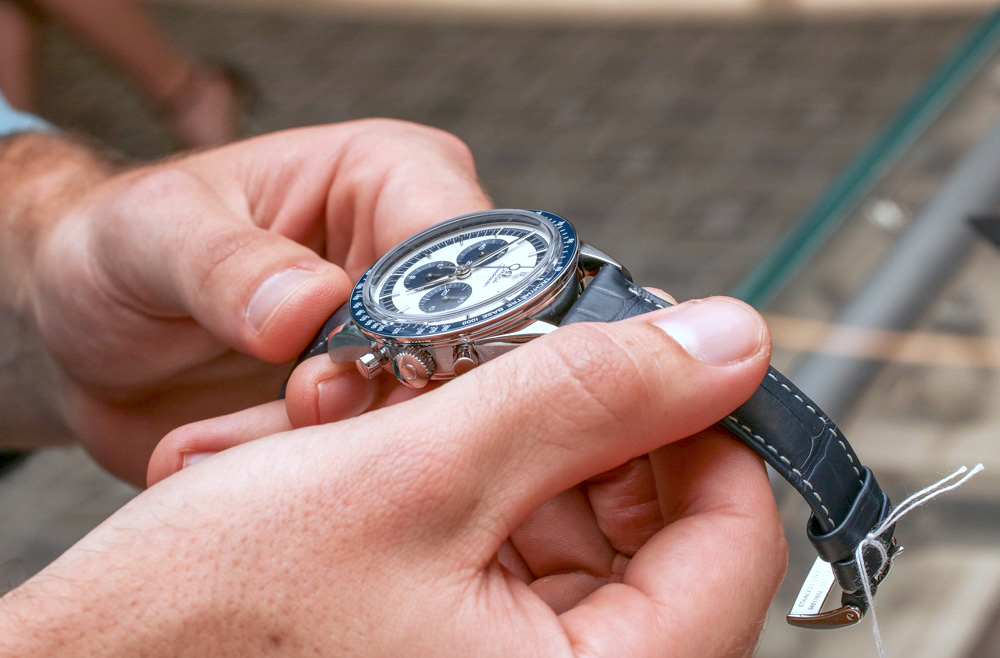Visitors with borrowing needs who’ve come to this p2p website (welcome, by the way) will quickly see that fine wines is amongst the high-value asset categories we collateralise for our low-interest secured asset loans. This week, we thought we’d take a little tour through the market in fine wines to shed a little light on how it began and where it seems to be going.
By way of a preamble, we’re rather unique amongst peer-to-peer lender platforms at Unbolted: we never subject our customers to credit searches, which always leave muddy digital footprints behind and can damage credit ratings. With our expert valuation partners, we determine the secondary market value of any high-value possession (an “asset”) owned by our borrowers and store it safely for the duration of the loan.
That’s all the security our pool of lenders requires (the worst that can happen if borrowers are unable to settle is that we recover the outstanding sum by selling the asset at auction – no credit searches, no debt collection referrals and no negative reports to credit rating agencies are ever involved).
Which brings us back to an especially enjoyable member of our repertoire of asset categories: fine wines.
The basic fact of the fine wine market is that people interested in investing, as opposed to guzzling, buy truly great wines produced in limited quantity in order to store them. While consumers get merry on their fine wines, depleting the supply, collectors indulge in a different kind of enjoyment: the satisfaction of watching a carefully stored wine's value appreciate, which results naturally from its increasing rarity.
The fine wine market has undergone some major changes in recent times. Originally, and for several centuries, it consisted of wealthy “gentlemen” filling their cellars with fine Bordeaux, Burgundy, Madeira, Port and so on. Investment is dominated to this day by the great red wines of Bordeaux, but other areas of major interest are the fine wines of Piedmont, Tuscany, Champagne and Burgundy.
The market today, however, is very different from its gentlemanly origins, in the sense that its pool of investors has massively diversified and expanded. Increased global wealth has undoubtedly fuelled the desire for fine wines. Chateau Latour 1982, for instance, was released in 1983, when you’d have paid £400 for a case of 12 bottles. If you have a properly stored case in your possession today, you can expect around £16,000 for it at auction. That’s an annual growth rate of just over 12 percent per year (not only that, but it will still be enjoyable for at least another half-century).
Whereas auction houses began selling fine wines in England in the middle of the last century, today there are literally myriad merchants, brokers, exchanges and online auctions to choose between. A huge influence in this proliferation and diversification has been the Internet, which has brought transparency to what was once a decidedly opaque market and hooked the interests of a much wider range of people than the landed gentry of yore.
Next time, we’ll explore the fine wine price explosion of 2005-2011 – the great bull market as it’s become known – and what’s happened to the market since. See you then.



 WhatsApp Us
WhatsApp Us


